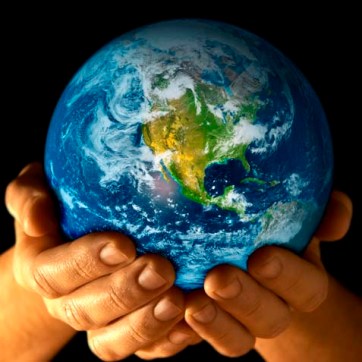Reading Response: The World, Transparent

DIY media is something that has come around in the last few decades and is important in shaping contemporary culture. First off, what is DIY media? Do-It-Yourself media? It seems pretty self-explanatory, but from what I got out of the reading, the definition is kind of two-fold. First off, the media itself is literally DIY, comprising of products made by the people, for the people. This means that people use resources once for “experts only” that are now widely available for everyone to use, like a transition from exclusivity to inclusivity. Did it remind you of new literacies too? That’s exactly what I thought! Second, the media promotes DIY culture, either through the resources used to make the media, or because it’s literally a tutorial or guide encouraging people to do things themselves.
DIY media is a powerful tool in modern culture. It’s made its way into social practice as a way of creating affinity spaces (Lankshear and Knobel, 2008), or communities of common interest, and it’s even made its way into education, like many other new literacy practices. In her blog post on Hack Education, Audrey Watters discusses open education and the controversy surrounding it. Things get hairy when she starts talking about open licensing and Creative Commons licenses, and where we draw the line when it comes to ownership of schoolwork and educational materials. Clearly, this is an item that’s still under hot debate. I think what Watters is trying to get at is that students should have the opportunity to engage in open education, which is a combination of easy access to materials and freedom of expression in learning. Allowing students to integrate their own identities into projects and lessons makes for a better educational experience, where students can see themselves as part of their own learning and not just receive someone else’s version of it (Watters, 2016). Appropriately, her blog post on Open Education is open-ended, raising questions on what it means for education to be open.
Where I hadn’t really thought of it before, these blog posts leave me thinking a lot about digital storytelling and how it manifests itself in the classroom. This week’s theme, which is shaping culture, identity, and education through DIY media, got me thinking about two things that matter to me most, which are photography and teaching. So I thought to fuse them together in my interest-driven scholarship to see how photography and education can manifest itself in a K-12 classroom. Bingo! Here’s a blog post from Dr. Jackie Gerstein that talks about photography as a way to enhance students’ social-emotional skills. Not only can students use photography to enhance their self-awareness, cultural awareness, and empathy, but they can also use it to enhance their understanding of the content (Gerstein, 2013). It seems that photography can bridge the gap between social and the academic because students have the opportunity to integrate their own identities into their educational experience. Sounds like what I was just reading about!
So in the end, it turns out that DIY media is just another way in which new literacies propagate, and it can enact powerful change not only in the classroom, but also across entire cultures. DIY media provides an opportunity for young people to express themselves and form identities, and we can look into their projects to gain a clearer understanding of their lives and how to better them.
© Emily Joan Wu
Teacher Candidate | Math
University of Colorado Denver
INTE 5340 | Summer 2016









